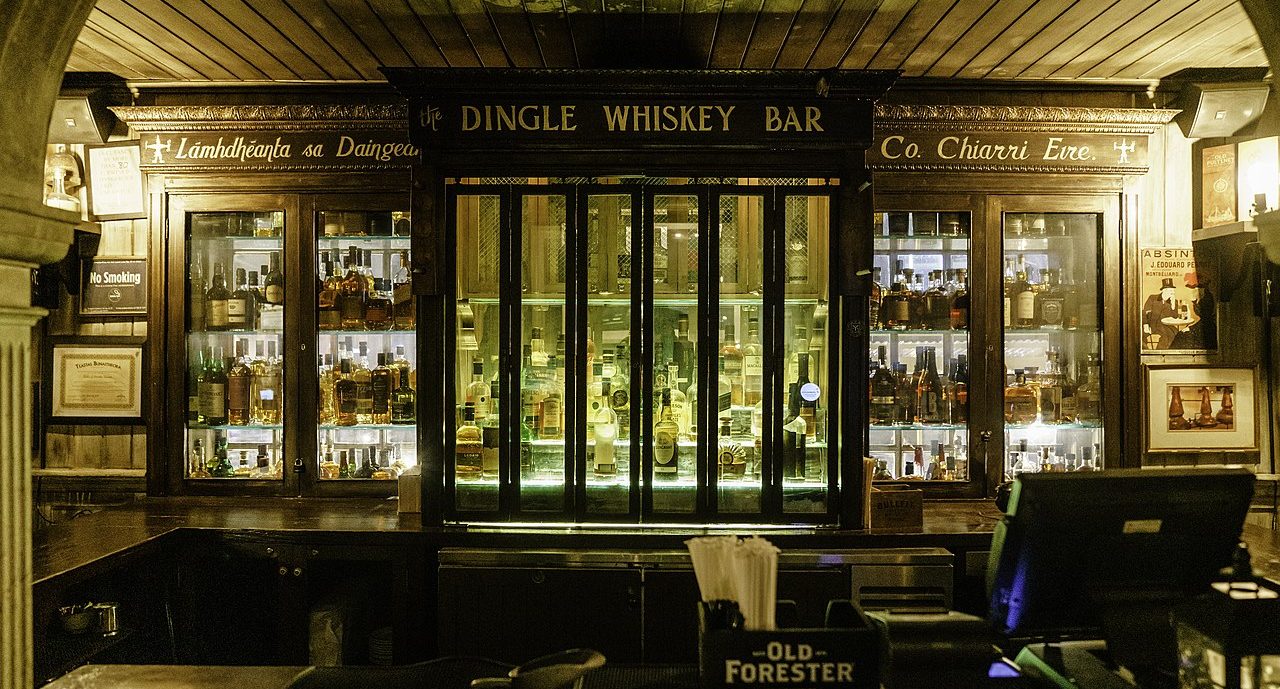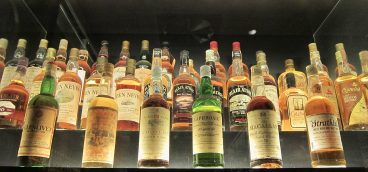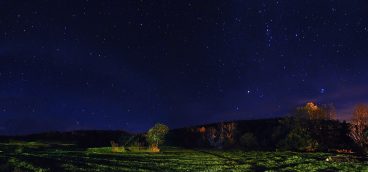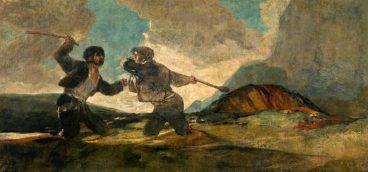Strange but True Tales from the Bottle

TOCSC pays for itself
I had barely dipped my toe into The Oxford Companion to Spirits and Cocktails (TOCSC) when the book paid for itself – which is saying something – because I found the guy I want to be in my next life. I was still early in the B’s (the TOCSC entries are alphabetical) when I came across Charles Baker. Charlie had an allergy to hard work, so he married an heiress named Paulene Paulsen – her father, August Paulsen, had built a fortune via lead and silver mines in the mountains of the Coeur d’Alenes district of northern Idaho.
Previously in this series: The Oxford Companion
Charlie then spent the rest of his life traveling around the world, often via luxury cruise ships, eating exotic foods and drinking exotic drinks. He would then write about both, but especially the cocktails. And it wasn’t enough that Charlie was lazy and rich-as-Croesus, he was also handsome (a dead ringer for John Barrymore) and a talented and charming writer. Do we hate this guy enough already?
As TOCSC puts it, “Baker’s Companions [that is, the Gentleman’s Companion and the South American Gentleman’s Companion] have inspired generations of bartenders and spirits professionals with tales of mixological adventures in exotic locales, written with … unbridled enthusiasm.”
Charlie became so famous that he once appeared on the cover of Modern Drunkard magazine, an achievement most of us can only dream about. (From that publication I learned about a very real medical condition called “cenosillicaphobia:” fear of an empty glass.)
And when Charlie’s own travels fell short of what he needed, he could always count on his friends to help out. In 1937 Ernest Hemingway invited Charlie along on a fishing trip in Key West and imparted to him the theretofore obscure recipe for the cocktail, Death in the Gulf Stream (genever, lime – including the squeezed peel – and bitters), which promptly made its way into The Gentleman’s Companion.
It’s too late for me to find an heiress in this life, but next time around, instead of being reincarnated as a lanternfly, I plan to follow in Charlie Baker’s blest footsteps.
They make this stuff everywhere …
Antarctica may not have a single permanent resident, but it boasts two distilleries and many bars, surely the best distillery-and-bar-to-drinker ratio in the Milky Way.
On the island of Galindez in the Antarctic Circle, for example, some 1,000 miles from the nearest city, sits the Faraday Bar and an associated vodka distillery. The Brits built the bar – I suppose they thought of it as a pub – while the Ukrainians built the distillery.
Faraday has many quaint customs. For example, behind glass at the end of the bar is a box containing a bottle of Jagermeister, a cigarette and a condom. The legend says, “Break Glass in Case of Emergency.”
One time a female patron at the Faraday Bar ran out of money before she ran out of thirst and traded her bra to the bartender for a glass of whisky. To this day, any woman patron willing to part with her bra gets a free drink – there are dozens of colorful bras hanging behind the bar.
Galindez Island is only half a mile long and the temperature has been known to hit minus 100 degrees, but the bar always remains open and ready to serve its homegrown vodka, along with beer, wine and other spirits. But it’s the homegrown stuff that sells, possibly because it’s cheaper – it costs $40 to transport one can of beer to Galindez.
There are so many bars in Antarctica that if you’re not careful you could trip over them. There is, for example, The Lakeside Tavern. Yes, it sits beside a lake (Lake Fryxell), although to be sure it’s always frozen. The Ice Bar, located at a Russian research station, is made entirely of ice – including the bar glasses. The South Pole Bar is located at the Amundsen-Scott South Pole Station, which, being located exactly at the geographical South Pole, is the southernmost inhabited location on Earth. More important, it’s the southernmost bar in the world.
You can drink it even if you can’t spell it
TOCSC points out that one of the most frequently misspelled brands in the world is Myers’s Dark Rum (note the “s’s”). It’s akin to the famous, and famously misspelled, street in London: St. James’s Street.
Packaging is everything
Aromatic bitters have been around since at least the 1600s and today’s well-known brands (Angostura and Peychaud’s, especially) date back to the early 1800s. All have recipes that are closely guarded secrets and all are essential ingredients in many important cocktails – the Manhattan, the Old Fashioned and the Sazerac, just to mention a few.
Why has Angostura Bitters more or less captured the market? The answer almost certainly has to do with its unique packaging – the white label is too big for the bottle. But this didn’t happen as the result of inspired branding – it was a complete accident.
The Siegert brothers, who owned and manufactured the bitters in Trinidad (the business had been founded by their father in Venezuela), wanted to enter their product in a tasting competition, and ahead of the event they decided to rebrand their bitters.
One brother handled the design and manufacture of a new glass bottle, while the other brother handled the design and production of the new label. But under pressure of time they failed to coordinate their efforts and the labels turned out to be way too big for the bottle.
The oversized label made Angostura Bitters stand out and, as TOCSC put it, “the brand went from being a cocktail bitters to being the cocktail bitters.”
Dorothy Parker
Dorothy Parker may have been a no-good hardcore Stalinist, but she was a very funny no-good hardcore Stalinist. Parker and her fellow members of the Roundtable were dedicated boozers, but Parker often had trouble keeping up, so she penned this ditty:
I wish I could drink like a lady
I can take one or two at the most
Three and I’m under the table
Four and I’m under the host.
Okay, it might be apocryphal.
Next up: The Oxford Companion, Part 3














